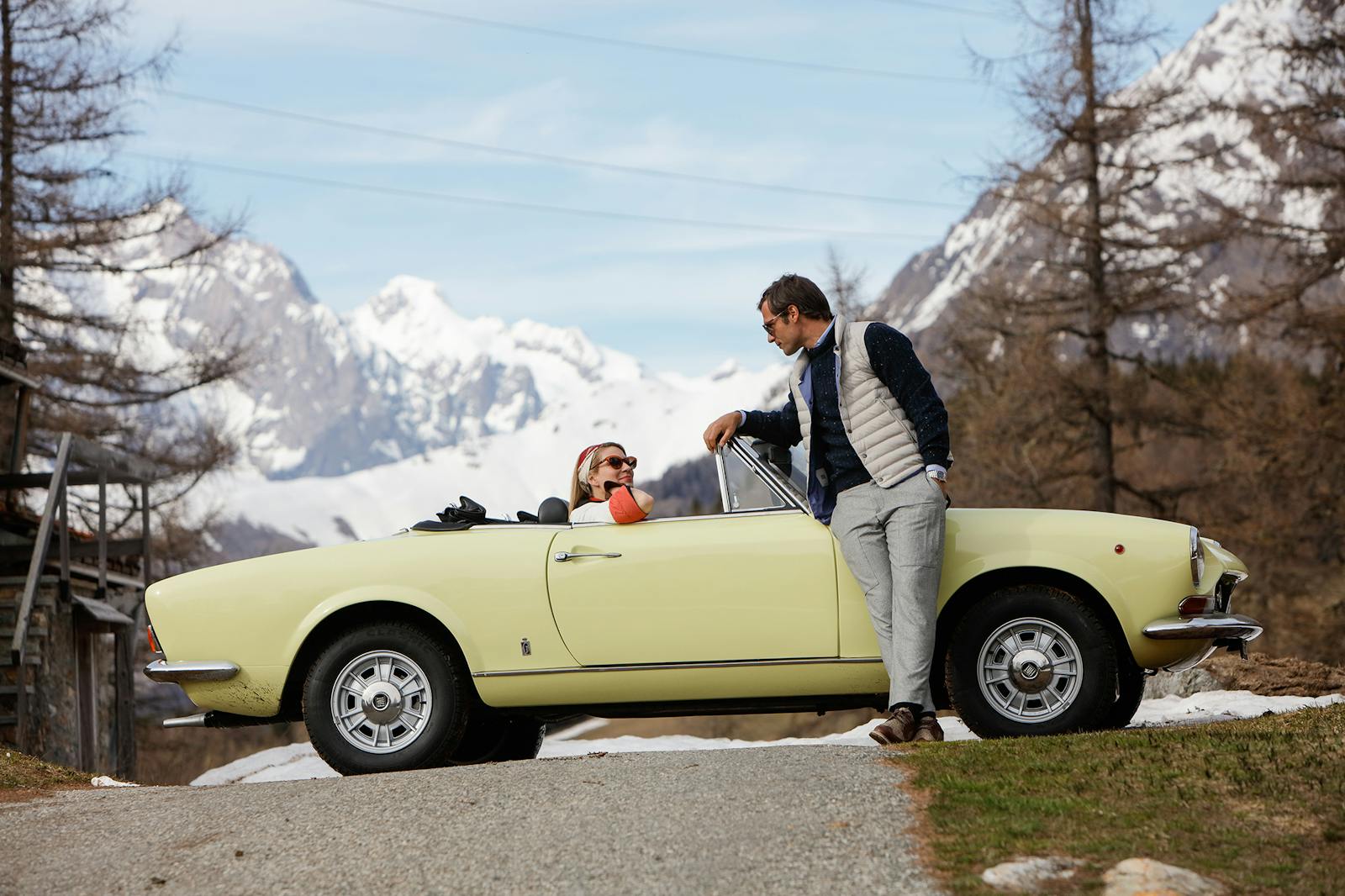The first car to bear the Porsche name is up for sale, and here’s why it’s a big deal
A once-in-a-lifetime chance to buy a piece of Porsche (and automotive) history will come up in August when the original 1939 Porsche Type 64 crosses the block at RM Sotheby’s Monterey auction. The Type 64 established much of Porsche’s engineering and design DNA that continues in the Porsche 911 to this day. A record price for a Porsche is entirely possible when the auction hammer drops later this year.
The Type 64 was originally designed to compete in a 1500 kilometer (900 mile) road race, from Berlin to Rome, planned for September of 1939. The race was intended to promote Germany’s autobahn highway system as well as publicize the supposed start of production of the KdF-Wagen, later known as the Volkswagen Type I Beetle, the “peoples’ car” that Dr. Ferdinand Porsche had designed at the behest of Adolf Hitler.
Very few of those production KdF-Wagens were produced. Instead of a Berlin to Rome race, September 1939 is known for the start of hostilities that grew into World War II. The race never took place and the government-owned KdF-Wagen works in Wolfsburg switched production to the Kubelwagen military vehicle based on the Type I.
Before the race was cancelled, however, the factory commissioned Professor Porsche’s design shop to build three lightweight performance versions of the KdF-Wagen, suitable for long-distance racing. Given the internal designation of Type 64, many consider this to be the first Porsche car, designed under the direction of Ferry Porsche by the same team of engineers that would go on to make the first production Porsche, the 356. Porsche had its neighbor in Zuffenhausen, the Reutter Works coachbuilders, fabricate a lightweight aluminum body with aerodynamic fender skirts encasing the wheels.
20190514135322)
Mechanically, the Type 64 is pretty much identical to a pre-war KdF-Wagen Type I, with stock swing-axle rear suspension and trailing arms up front. The drivetrain was also from the Type I, though the air-cooled flat-four engine was given bigger valves, dual carburetors, and a higher compression ratio to boost power by a third to a then-impressive 32 horsepower. Using construction techniques developed for military aircraft, Reutter riveted together lightweight aluminum panels to craft the streamlined body, and while the structural elements of VW’s platform chassis were retained, the steel floor panels were replaced with aluminum. To further save weight, the engine’s cooling shroud, valve covers, and oil filler were also lightweight alloy instead of steel.
The Type 64 had a theoretical top speed of 95 mph, but it never raced before the war. The first chassis, #38/41, was completed in August of 1939, with 38/42 and 38/43 finished by mid-1940. The first Type 64 ended up in the possession of KdF board member Bodo Lafferentz, who returned it to Porsche after wrecking it. The second car was used for testing and Dr. Porsche and his son Ferry used 38/43 as their personal car. At some time during the war, the body from that third Type 64 was moved to the damaged 38/41 and that is the car to be auctioned off.
Both 38/41 and 38/42 accompanied the Porsches when they moved their company to the family’s ancestral home in Gmünd, Austria, to escape Allied bombing of industrial facilities in wartime Germany. After the war ended, American occupation forces confiscated 38/42, letting Dr. Porsche keep 38/41 as his personal vehicle. When his car was registered for road use in Austria in 1946, Ferry Porsche applied raised “Porsche” lettering to the front, making it the first car branded as a Porsche.
In 1947, the Porsches sent the Type 64 to Turin, where Battista “Pinin” Farina himself supervised a restoration. The restored first Porsche ran next to the 356 when that model was tested on public roads around Innsbruck in 1945.
20190514135416)
With a brand new model taking up most of their attention, the Porsches sold off 38/41 to Swiss racer Otto Mathé, who campaigned it successfully in European races, quite possibly being the first Porsche-branded car to race. Mathé retained the car until his death in 1995. Since then, it has passed through a handful of owners.
Not only is #38/41 regarded as the first Porsche car, the missing link between the Type I Volkswagen and the Porsche 356, it’s in original condition and still retains almost all of its period parts. Andy Prill, a Porsche expert retained by the auction house to examine the car, said, “This is the most historically significant of all Porsche cars and it is simply incredible to find the very first Porsche in this original condition.”
We checked with Rob Sass, editor of Porsche Panorama, who expects it to break a record. He told us, “The world record at auction for a Porsche is $14 million for the 917K that Gooding [and Company] sold in 2017. From a sex appeal standpoint, the VW-based Type 64 is in nowhere near the same league. But from an historic standpoint, it’s not even close. The ex-Siffert 917 did nothing noteworthy beyond playing a race-winner in a film. This sole surviving example of the Type 64 was the proto-Porsche, and while it never competed in the race it was designed for, it was the first car to bear the name Porsche and nearly everyone involved with its creation went on to create the 356 ten years later. For devotees of the Porsche marque, its significance as the Ur Porsche is off-the-charts. I certainly think that it will break the current record and my best guess is around $20 million. But it could also bring more. Much more. I know where I’ll be when it crosses the block.”
20190514135307)
20190514135358)
20190514135334)
20190514135341)
20190514135350)
20190514135431)

